Twenty Years Later: Remembering the Martyrs of El Salvador
Source: America Magazine
Excerpt:
Written By: William Resier, S.J.
What happened that night brought home grimly yet powerfully the prophetic dimension of teaching and research, when these activities are informed by an option for the poor. The 32nd General Congregation of the Society of Jesus, which met in 1974-75, put the entire order on record: “The mission of the Society of Jesus today is the service of faith, of which the promotion of justice is an absolute requirement.” The 33rd General Congregation (1983) reaffirmed that direction and insisted that “we wish to make our own the church’s preferential option for the poor.”
A Weak-Willed CongressThe civil war in El Salvador lasted 12 years, from 1980 to 1992, and claimed 75,000 lives. The incompetence of American foreign policy with respect to the conditions that led to the conflict and in understanding who benefitted from the U.S. support of the Salvadoran military was appalling. As a result of the assassinations at the university, a weak-willed U.S. Congress finally began to face the problem of U.S. complicity in the Salvadoran situation. Representative Joe Moakley, Democrat of Massachusetts, was appointed to lead an investigation that turned out to be as courageous as it was eye-opening. El Salvador was not the only place in Latin America where the poor were being abased. Nine years earlier, four North American women who were returning to El Salvador—two Maryknoll sisters, an Ursuline nun and a co-worker—were raped and murdered on their way from the airport. And two days before Archbishop Oscar Romero was gunned down at the altar on March 24, 1980, another Jesuit, Luis Espinal, was ambushed in La Paz, Bolivia, and silenced for his defense of the rights and dignity of the poor.
The stories of such “martyrs for justice,” as Father Jon Sobrino calls the slain Jesuits and many others, do not begin with the martyrs themselves but with the people on the bottom—the victims of poverty, miscarriages of justice and class prejudice; the throwaways and the “disappeared.” The story of the Salvadoran Jesuits, for example, takes us to the political, social and economic oppression endured by peasants so poor that they needed to be catechized before they could imagine that the world could be different. What would El Salvador look like if God’s will were done on earth, just as it is in heaven?
Father Ellacuría and his companions understood that the mission of a Christian university as an apostolic instrument is not disconnected from the economic and political conditions of the society in which it is located. On the contrary, the university’s mission derives directly from its awareness of the everyday reality that poor people endure. But as Father Sobrino explains in his essay “The University’s Christian Inspiration,” because a university needs resources it is almost by necessity implicated in a world of economic and political power, and “this incarnation amid power tends to distance the university from social reality as lived by the poorest and most marginalized.” Indeed, even the church has to be careful never to lose sight of the world of the poor, and contact with it. Preachers and teachers whose hearts and intelligence are immersed in that world are more attuned to the deeper rhythms of Scripture. Distance from the poor leads to distance from God.
Kim Coleman is the Integrated Marketing Director for the Ignatian Solidarity Network.

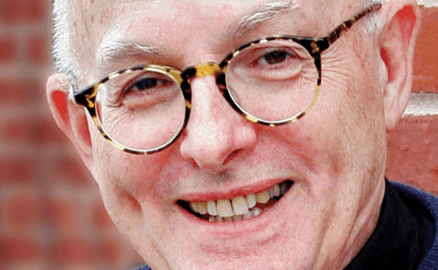
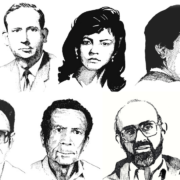

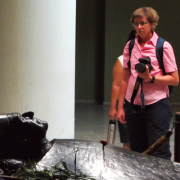
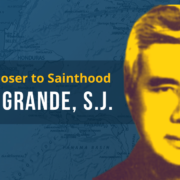
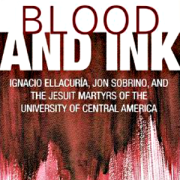
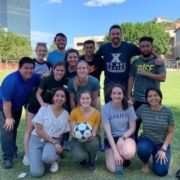



Leave a Reply
Want to join the discussion?Feel free to contribute!